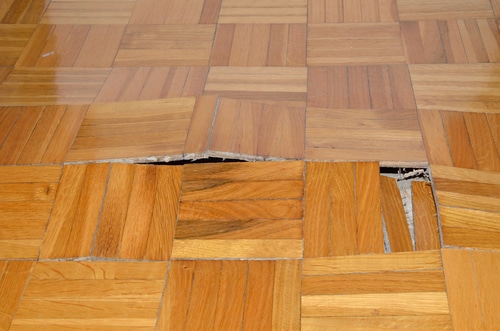Guide To Water Leakage Detection At Home
Guide To Water Leakage Detection At Home
Blog Article
We have unearthed this post about Leaking water lines directly below on the net and figured it made sense to write about it with you on this page.

Early discovery of dripping water lines can reduce a potential calamity. Aside from conserving you money, it will minimize the irritation as well as aggravation. The minute you discover a leakage, calling your plumber for repair work is the best option. However, some little water leaks might not be visible. If you can not find it with your nude eyes, here are some hacks that assist.
1. Analyze the Water Meter
Every residence has a water meter. Examining it is a guaranteed manner in which helps you find leakages. For starters, turn off all the water resources. Make certain nobody will certainly purge, use the tap, shower, run the cleaning machine or dishwashing machine. From there, go to the meter as well as watch if it will certainly change. Considering that no person is using it, there ought to be no motions. If it relocates, that indicates a fast-moving leak. If you detect no modifications, wait an hour or 2 as well as check back once again. This indicates you might have a slow-moving leakage that could even be underground.
2. Inspect Water Intake
Analyze your water costs and track your water consumption. As the one paying it, you should discover if there are any type of inconsistencies. If you identify sudden changes, regardless of your intake coinciding, it indicates that you have leakages in your plumbing system. Keep in mind, your water bill ought to fall under the same range monthly. A sudden spike in your bill indicates a fast-moving leak.
At the same time, a consistent boost monthly, even with the same habits, reveals you have a slow-moving leakage that's likewise slowly escalating. Call a plumber to extensively inspect your residential property, particularly if you feel a cozy area on your floor with piping below.
3. Do a Food Coloring Test
30% comes from commodes when it comes to water usage. Test to see if they are running effectively. Decrease specks of food shade in the storage tank and wait 10 mins. If the color in some way infiltrates your bowl during that time without flushing, there's a leak in between the storage tank and dish.
4. Asses Outside Lines
Don't neglect to check your outside water lines also. Should water leak out of the link, you have a loose rubber gasket. One small leakage can throw away lots of water and also increase your water bill.
5. Check and also Analyze the Circumstance
House owners need to make it a habit to inspect under the sink counters and also also inside cabinets for any type of bad odor or mold and mildew development. These 2 warnings indicate a leak so prompt interest is needed. Doing regular examinations, also bi-annually, can save you from a major issue.
If you recognize your residence is currently old, maintain a careful eye on your heating systems, hose pipes, pipes and so on. Look for stainings as well as deteriorating as the majority of pipelines and also devices have a life span. They will likewise naturally weaken due to deterioration. Do not wait for it to intensify if you presume leaking water lines in your plumbing system. Call a professional plumber immediately so you don't wind up with a dreadful mess in your house.
Early detection of dripping water lines can alleviate a prospective disaster. Some tiny water leakages may not be visible. Examining it is a guaranteed way that aids you uncover leaks. One tiny leakage can squander heaps of water as well as spike your water costs.
If you presume leaking water lines in your plumbing system, do not wait for it to intensify.
WARNING SIGNS OF WATER LEAKAGE BEHIND THE WALL
PERSISTENT MUSTY ODORS
As water slowly drips from a leaky pipe inside the wall, flooring and sheetrock stay damp and develop an odor similar to wet cardboard. It generates a musty smell that can help you find hidden leaks.
MOLD IN UNUSUAL AREAS
Mold usually grows in wet areas like kitchens, baths and laundry rooms. If you spot the stuff on walls or baseboards in other rooms of the house, it’s a good indicator of undetected water leaks.
STAINS THAT GROW
When mold thrives around a leaky pipe, it sometimes takes hold on the inside surface of the affected wall. A growing stain on otherwise clean sheetrock is often your sign of a hidden plumbing problem.
PEELING OR BUBBLING WALLPAPER / PAINT
This clue is easy to miss in rooms that don’t get much use. When you see wallpaper separating along seams or paint bubbling or flaking off the wall, blame sheetrock that stays wet because of an undetected leak.
BUCKLED CEILINGS AND STAINED FLOORS
If ceilings or floors in bathrooms, kitchens or laundry areas develop structural problems, don’t rule out constant damp inside the walls. Wet sheetrock can affect adjacent framing, flooring and ceilings.
https://www.servicemasterbyzaba.com/blog/how-to-detect-water-leakage-in-walls/

We hope you enjoyed reading our post about Detecting hidden plumbing leaks. Thank you so much for taking a few minutes to read through our article. Feel free to take the time to promote this article if you enjoyed it. Many thanks for taking the time to read it.
Report this page